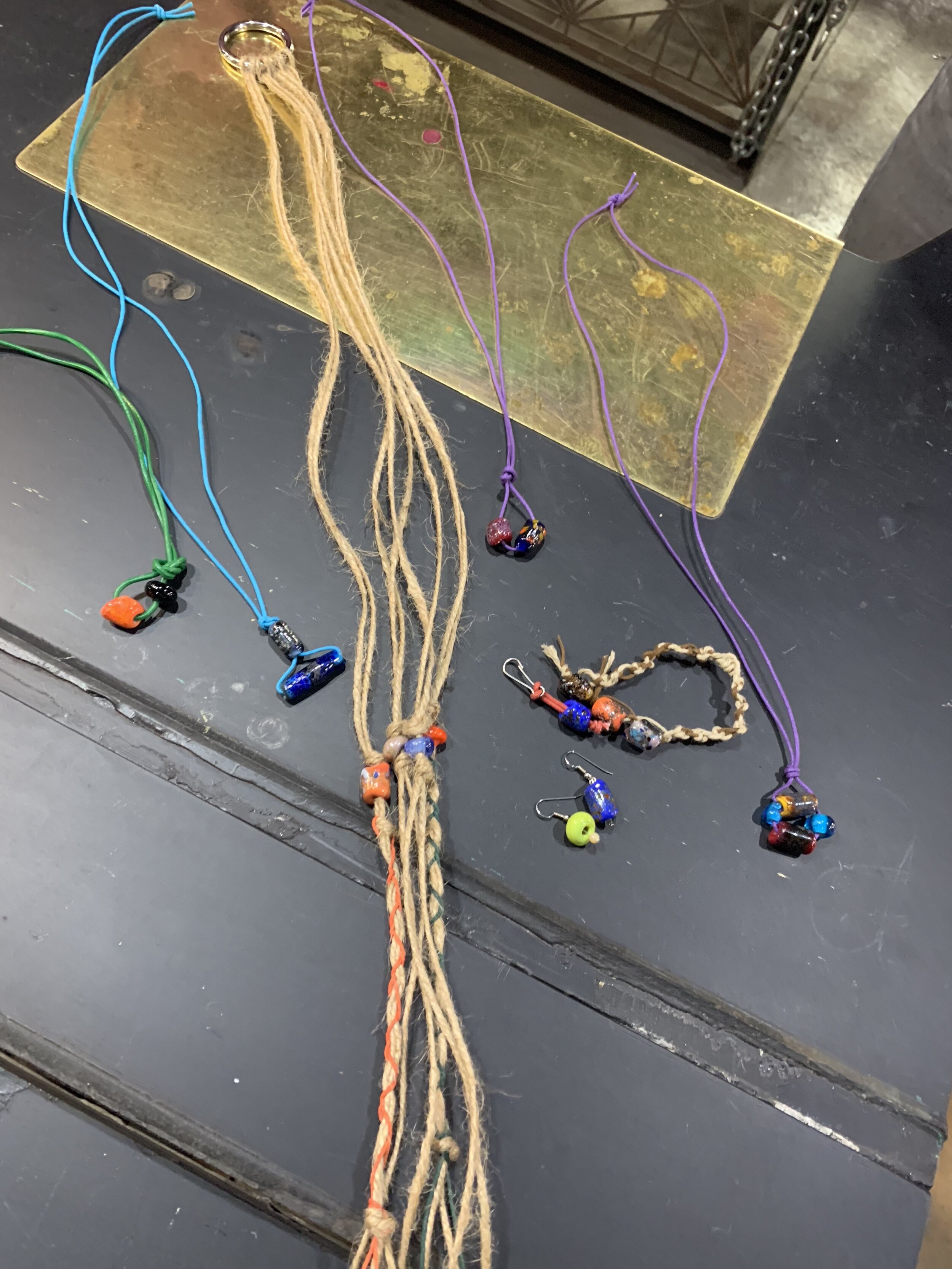Avivo Artworks Program—Jes Reyes—Adults—6.5 hours
This week I had the privilege of going to two COMPAS Teaching Artist workshops with Jes from Avivo! On Monday, I attended a workshop titled Accessibility in Action: Inclusive Techniques for Teaching In and Through the Arts. What I really appreciate about this workshop was that many arts organizations working with people with disabilities were in attendance, and each organization had both teaching artists and the artists they work with in attendance. In addition, one of the teaching artists leading the workshop was a person who had been through upstream arts programming as a participant and now works as a teaching artist. I felt that because of the many backgrounds in the room, this was a really valuable and informative learning environment. The workshop began with a presentation which talked about best practices while working with people living with disabilities. Some key points that I wrote down in my notes were:
Assume Ability: Often folks who work with artists with disabilities focus on what they assume people can’t do. Assuming ability allows everyone to explore what they can do and what they want to share, and then you can adjust your activities as needed.
Assume Participation: People listen and participate in many different ways! Don’t assume someone who is quietly observing is not participating, and be flexible to the many forms that activities may take. Participation should be optional: you do what you want to do and you have the voice to say no.
Consent: “My body belongs to me, your body belongs to you” Know that assistive devices are extensions of the body. Always ask before touching anyone or their assistive device. Learn how people say no if they do not verbalize it the same way you do.
While teaching, talk less, do more! Demonstrating activities and narrating what you are doing increases understanding. When giving instructions, always limit them to 3 steps because any more we will all miss or forget.
These points were not only discussed but showcased during the presentation. Between each powerpoint slide, there was an activity that everyone could participate in that demonstrated what we were talking about. It kept everything very engaging, and you could see that everyone in the room was building a deeper understanding of what was happening because folks would participate more during the powerpoint discussions, sharing how they feel and their own experiences. Two artists from Avivo’s artworks collective were also present and learned more about teaching and working with folks with disabilities--something that they can use to further their own artistic careers.
On Friday, I attended a workshop lead by Jes about working with folks who live with mental illness. We learned about many common mental illnesses and also specific techniques for creating a safe environment for everyone to learn. I am so thankful to Jes for including me in both workshops!
Midwest Special Services — Hannah Foster — Adults—2.5
On Wednesday, I met Hannah and some of the artists from MSS at Chicago Avenue Fire Arts Center! This was the last day that this specific group of artists would be working at CAFAC. Artists worked on cleaning off their beads from the previous week’s visit and then used them to make bracelets, necklaces, key chains and earrings. Everyone contributed one of their beads that they made to create a macrame plant hanger to hang up at MSS’s St Paul location. Artists learned how they could use the beautiful glass beads they made to create objects that could be worn and used everyday. They also learned about contributing to a collaborative project, thinking critically about what they wanted to share and what went where. A question that came up for me was how does one teach collaborative art and individual practice in a balanced way during one session? I felt the teaching artist at CAFAC balanced this beautifully, because each artist completed a personal item and worked on the plant hanger.


